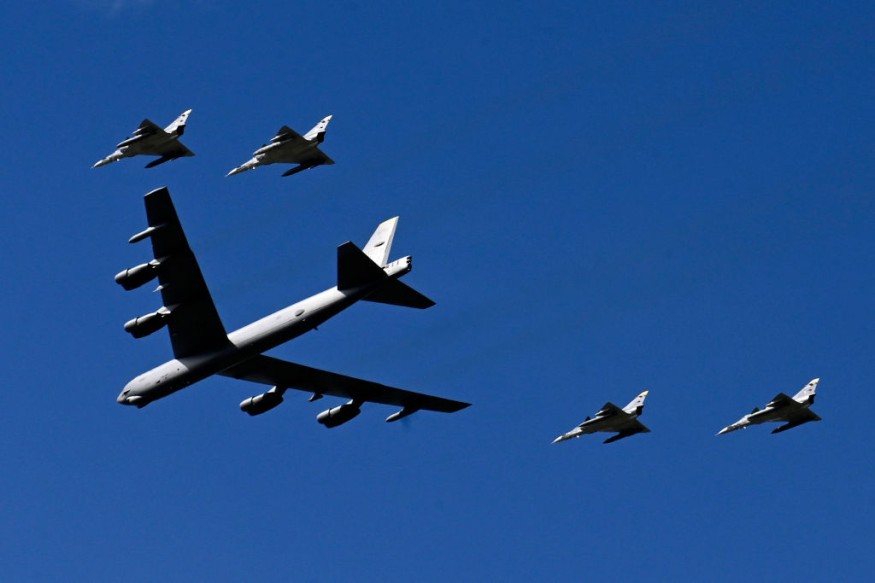An Air Force Navigator missing since the late 1960s was found after scientists scanned the seafloor last year.
According to a report from The New York Times, one morning in July 1967, a pair of American B-52 bombers collided over the South China Sea while approaching a target in South Vietnam.
Seven crew members escaped, although rescue units from the Air Force, Navy, and Coast Guard failed to find six other men, which included Maj. Paul Avolese, a navigator from New York. It was not until 2020 that the scientists discovered one of the two, Major Avolese's.
According to Eric Terrill, one of two divers who descended to the wreck, "It was very humbling" to dive a site that turned out as hallowed ground, and realized that perhaps, they were in a position "to help bring closure back to families" that had missed this lost navigator.

Decades of Efforts
Scientists said the retrieval highlights a change in the ability of the Pentagon's quest for personnel still missing because of the Vietnam War.
For decades, such efforts have primarily focused on land in previous conflict zones. However, in this case, American investigators searched in an underwater site close to the long coastline of Vietnam through high-tech robots.
Rear Adm. Nancy Hann said their use of the technology is part of a bigger trend. Robotic underwater vehicles are fast becoming essential tools for ocean science and investigation.
Hann, who manages a fleet of nine aircraft and 16 research and survey vessels for the National Oceanic and Atmospheric Administration added, these vehicles have proven to be a force multiplier in terms of mapping the seafloor, tracing and investigating wrecks and other sunken objects, and gathering data in sites that ships and other vehicles cannot easily access.
A New Innovative Recovery Mission
Lead archeologist for non-profit organization Project Recover, Andrew Pietruszka explained, the reason for this new focus on the undersea crash sites of Vietnam is that many land-based leads have been exhausted.
The team worked on the new recovery mission with the DPAA or the Defense POW/MIA Accounting Agency, Pentagon's arm designated to find and return fallen military personnel.
Enabling Americans to bring underwater robotic vehicles into Vietnamese-controlled sites of the South China Sea, equipment that could employ military applications for both governments, is tactfully sensitive, as well. Pietruszka said, securing the permissions for the recent mission was "a heavy lift for all parties."
The Fallen Military Personnel
Major Avolese, whose family opted not to grant interviews, was born in 1932, as shown in archival military documents. A native of New York served in the 4133d Bomb Wing of Air Force in Vietnam.
A similar Press News Agency said the said documents showed, in 1967, he, together with his crew flew from a US base in Guam, along with other B-52s, described in Boeing, to bomb a South Vietnam target.
As two of the bombers maneuvered into place roughly 65 miles southwest of the then-called Saigon, the capital of South Vietnam, they collided, bursting into flames and forming a fireball.
One person on the plane of Maj. Avolese, Mar. Gen. William Crumm was the first of many American generals killed in the battle.
Several days after the crash, in a letter, the Air Force's Col. Mitchell Cobeaga told the parents of Maj. Avolese that the collision's exact cause was unknown.
Thirty-five years old at the time of the crash, Major Avolese was declared dead a few days after Col. Cobeaga wrote the letter.
The US military later categorized the Air Force navigator's remains and those of the five others missing as "nonrecoverable." However, investigators still followed for decades possible leads about the two B-52s' wreckage.
Related information about B-52 Bombers is shown on Paul Stewart's YouTube video below:
Read also: BeachBot: Make Way for This Beach-Cleaning Machine That Will Pick Up Cigarette Butts Using AI
Check out more news and information on Technology in Science Times.










